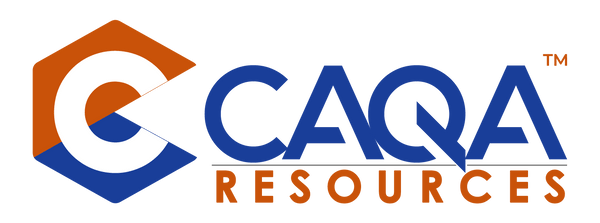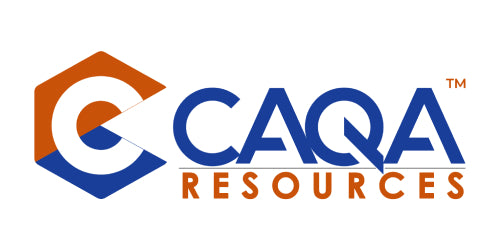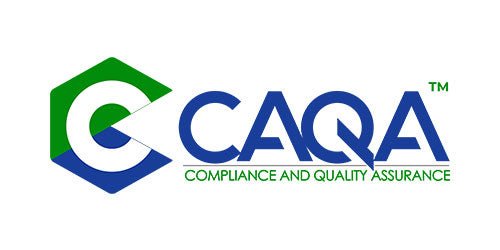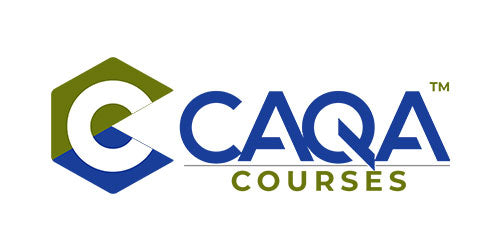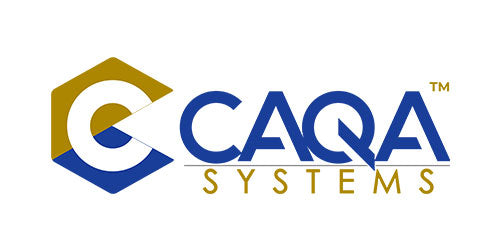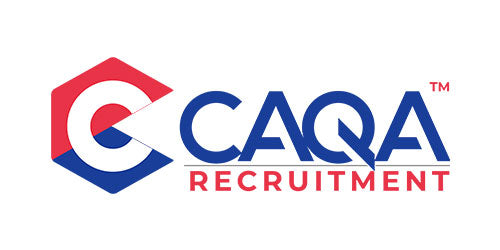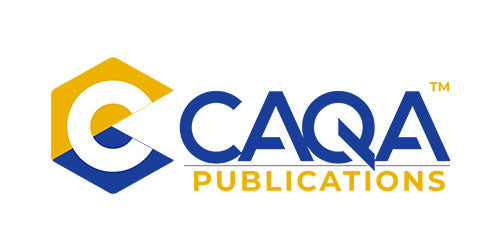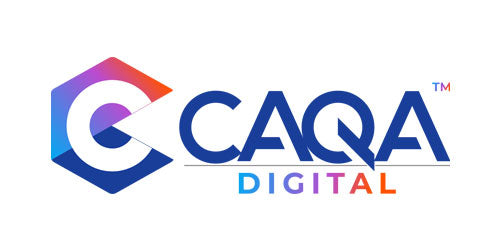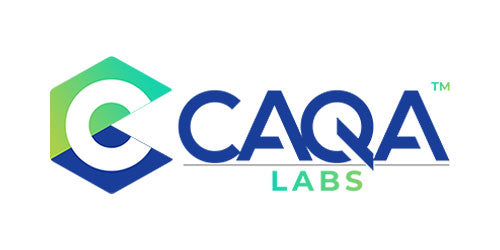In the previous parts of this series, we explored the importance of tailoring Training and Assessment Strategies (TAS) to different learner cohorts, the role of auditors in examining these strategies, the essential elements of a comprehensive TAS template, and the step-by-step process of completing the template. In this final part, we will discuss the significance of regularly reviewing and managing the TAS to ensure its ongoing effectiveness and compliance, supporting continuous improvement in the Registered Training Organisation's (RTO) training and assessment practices.
The Importance of Regular TAS Reviews
A Training and Assessment Strategy (TAS) is not a static document; rather, it is a dynamic tool that should evolve alongside the RTO's practices, industry requirements, and regulatory standards. Regular reviews of the TAS are crucial for several reasons:
Ensuring Alignment with Training Package Updates
Training packages undergo periodic updates to reflect changes in industry practices, technological advancements, and emerging skills requirements. RTOs must review their TAS to ensure that it aligns with the latest version of the relevant training package. This involves analysing the changes, identifying any gaps in the current strategies, and making necessary adjustments to maintain compliance and relevance.
Responding to Industry Feedback and Consultation
Industry engagement and consultation are integral to the development and review of the TAS. Regular reviews provide an opportunity to incorporate feedback from industry representatives, employers, and other stakeholders. This feedback can inform updates to the training and assessment strategies, ensuring that they remain aligned with industry needs and expectations. By demonstrating responsiveness to industry input, RTOs can strengthen their partnerships and enhance the employability of their graduates.
Incorporating Learner and Trainer Feedback
Learners and trainers are valuable sources of feedback on the effectiveness of the training and assessment strategies. Through course evaluations, surveys, and informal discussions, RTOs can gather insights into the strengths and areas for improvement in their TAS. Regular reviews allow RTOs to analyse this feedback and make data-driven decisions to enhance the learning experience, support learner engagement, and optimise training outcomes.
Identifying and Addressing Performance Gaps
Monitoring and evaluating the performance of the TAS can reveal gaps or areas where the strategies are not effectively supporting learner achievement or meeting industry standards. Regular reviews enable RTOs to identify these performance gaps, investigate their root causes, and implement targeted interventions. This may involve revising training materials, updating assessment tools, providing additional support services, or enhancing trainer professional development.
Ensuring Compliance with Regulatory Standards
The Standards for Registered Training Organisations (RTOs) 2015 require RTOs to systematically monitor and review their training and assessment strategies to ensure ongoing compliance. Regular TAS reviews demonstrate the RTO's commitment to meeting regulatory obligations and maintaining the quality and integrity of its training and assessment practices. By proactively identifying and addressing compliance issues, RTOs can mitigate risks and maintain their registration status.
Best Practices for TAS Review and Management
To effectively review and manage the Training and Assessment Strategy (TAS), RTOs should consider the following best practices:
Establish a Review Schedule
Develop a systematic schedule for reviewing the TAS, taking into account factors such as training package updates, industry consultation cycles, and internal quality assurance processes. The frequency of reviews may vary depending on the nature of the training product and the RTO's context, but it is recommended to conduct a comprehensive review at least annually. Additionally, establish mechanisms for ad hoc reviews in response to significant changes or identified performance gaps.
Involve Key Stakeholders
Engage a range of stakeholders in the TAS review process, including trainers, assessors, industry representatives, learners, and RTO management. Their diverse perspectives and expertise can provide valuable insights and ensure that the strategies remain relevant, effective, and aligned with stakeholder needs. Consider establishing a TAS review committee or working group to facilitate collaboration and shared ownership of the review process.
Use Data and Evidence
Collect and analyse data and evidence to inform the TAS review. This may include learner performance data, assessment outcomes, course evaluations, industry feedback, and compliance audit findings. Use this data to identify trends, patterns, and areas for improvement. By making data-driven decisions, RTOs can ensure that their TAS updates are grounded in evidence and are likely to have a positive impact on learner outcomes and industry satisfaction.
Document and Communicate Changes
When making updates to the TAS based on the review findings, ensure that all changes are clearly documented and communicated to relevant stakeholders. Maintain version control and keep a record of the rationale behind each modification. Provide training and support to trainers and assessors to ensure they understand and can effectively implement the revised strategies. Communicate the changes to learners and industry partners, highlighting how the updates will enhance the quality and relevance of the training and assessment.
Monitor and Evaluate Impact
After implementing updates to the TAS, establish mechanisms to monitor and evaluate their impact. This may involve tracking learner performance, gathering feedback from trainers and learners, and assessing industry satisfaction. Regularly review the effectiveness of the changes and make further adjustments as needed. By continuously monitoring and evaluating the impact of TAS updates, RTOs can ensure that their strategies remain effective and responsive to evolving needs.
Foster a Culture of Continuous Improvement
Embed the TAS review and management process within the RTO's broader continuous improvement framework. Encourage a culture of ongoing reflection, learning, and innovation, where all stakeholders are empowered to contribute ideas and suggestions for enhancing training and assessment practices. Celebrate successes and share good practices across the organisation to foster a shared commitment to quality and excellence.
In conclusion, regularly reviewing and managing the Training and Assessment Strategy (TAS) is essential for ensuring its ongoing effectiveness, relevance, and compliance. By establishing systematic review processes, involving key stakeholders, using data and evidence, documenting and communicating changes, monitoring impact, and fostering a culture of continuous improvement, RTOs can maintain high-quality training and assessment practices that meet the evolving needs of learners and industry.
The TAS is a powerful tool for guiding the delivery of training and assessment, but its true value lies in its ability to adapt and evolve in response to changing contexts and feedback. By embracing the TAS review and management process as an opportunity for growth and enhancement, RTOs can demonstrate their commitment to excellence and position themselves as leaders in the vocational education and training sector.
As we conclude this five-part series on developing Training and Assessment Strategies (TAS) for Registered Training Organisations (RTOs), we hope that the insights, best practices, and templates provided have been valuable in guiding your TAS development and review processes. Remember, the TAS is a living document that should be continuously refined and adapted to support the delivery of high-quality,, compliant, and industry-relevant training and assessment.


